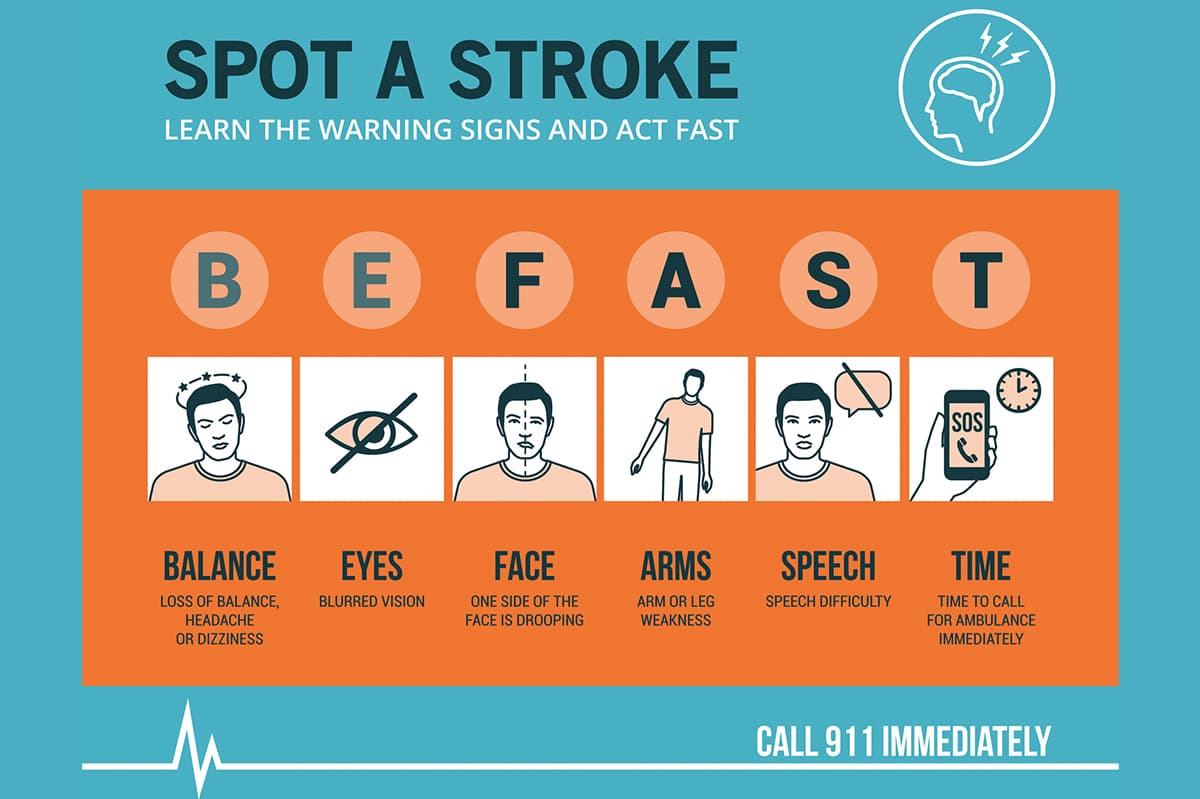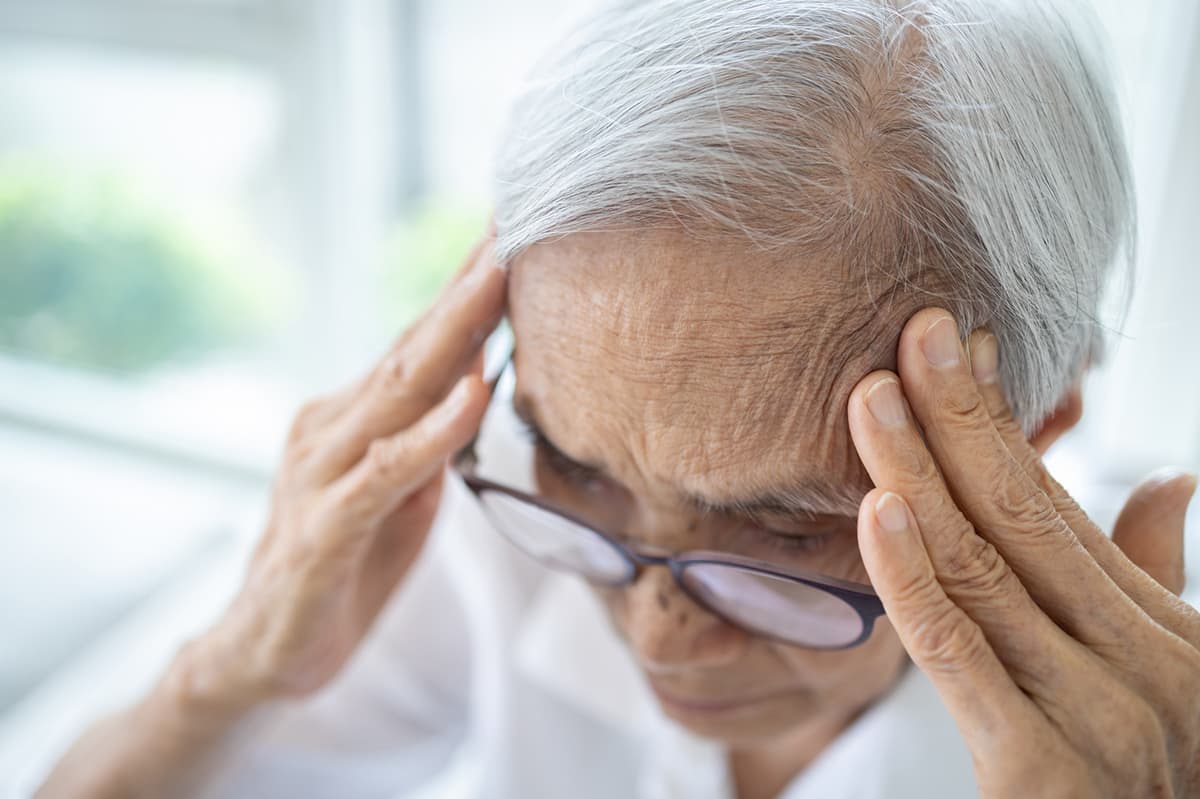Act FAST When Someone Has a Stroke

BE FAST to Spot a Stroke
Someone has a stroke every 40 seconds in the U.S.1 and a stroke can strike anywhere. Knowing how to spot the signs of a stroke and what to do if you notice them in yourself or others is crucial for getting the right care and treatment ASAP.
The acronym BE FAST to help you know how to recognize the signs of a stroke and what to do if you spot them.
BE FAST Signs of a Stroke
If you see any of the following signs, seek help immediately:
● Balance: If there is a sudden loss of balance or coordination, you or the person you are with may be having a stroke.
● Eyes: Changes in vision such as sudden blurred or double vision can also be signs of a stroke.
● Facial drooping: Try smiling or ask the other person to smile. If one side of the mouth droops, they could be having a stroke.
● Arm weakness: Lift your arms or ask the other person to lift their arms. Note if one arm drops back down or if there's weakness on either side.
● Slurred speech: A stroke makes it difficult to speak. Try to say a simple sentence or ask the other person to speak. Notice if they slur their words or can't repeat what you say.
● Time to call 911: Call 911 immediately if you notice one or more of the above symptoms. If you're experiencing the symptoms above, don't drive yourself to the hospital. Instead, wait for an ambulance.
Other Stroke Symptoms to Look Out For
While facial drooping, arm weakness, and speech troubles are three common signs of a stroke, there may be other symptoms. Seek help immediately if you notice any of the following symptoms:2
● Sudden severe headache: A severe headache, which could be described as the worst in your life, and without any identifiable cause, could be a sign of a stroke.
● Sudden confusion: If the person seems confused or can't understand what you're saying, they could be having a stroke.
● Sudden numbness: In addition to arm weakness, a stroke can cause numbness in the arms or leg, usually on one side of the body.

Why is it essential to BE FAST?
Getting treated for a stroke fast can be a matter of life and death. A person is more likely to recover fully from a stroke if treatment starts within 150 minutes.1
When someone has a stroke, every minute counts. Around 1.9 million brain cells die per minute that a stroke goes without treatment.2
Calling 911 is critical for FAST treatment. The 911 dispatcher will send an EMT team out to help the person experiencing a stroke. The EMTs will start treating the person en route to the hospital, increasing the chance of a full recovery.
BE FAST for Mini-Strokes, Too
The symptoms of a mini-stroke, or transient ischemic attack, tend to be fleeting. They are the same as those for a full stroke, but last for much less time, usually anywhere from a few minutes to 24 hours.
If you or someone you know has stroke symptoms, but then seems fine quickly, still seek medical help. Mini strokes are sometimes called "warning strokes," as they often occur a few days or weeks before a full-blown stroke. Call 911 if you have any stroke symptoms, no matter how fleeting, and get the treatment that could save your life.
Sponsored by
Sources:
1. BE-FAST, Reducing the Proportion of Strokes Missed Using the FAST Mneumonic, https://www.ahajournals.org/doi/full/10.1161/STROKEAHA.116.015169
2. Stroke Symptoms, American Stroke Association, https://www.stroke.org/en/about-stroke/stroke-symptoms


